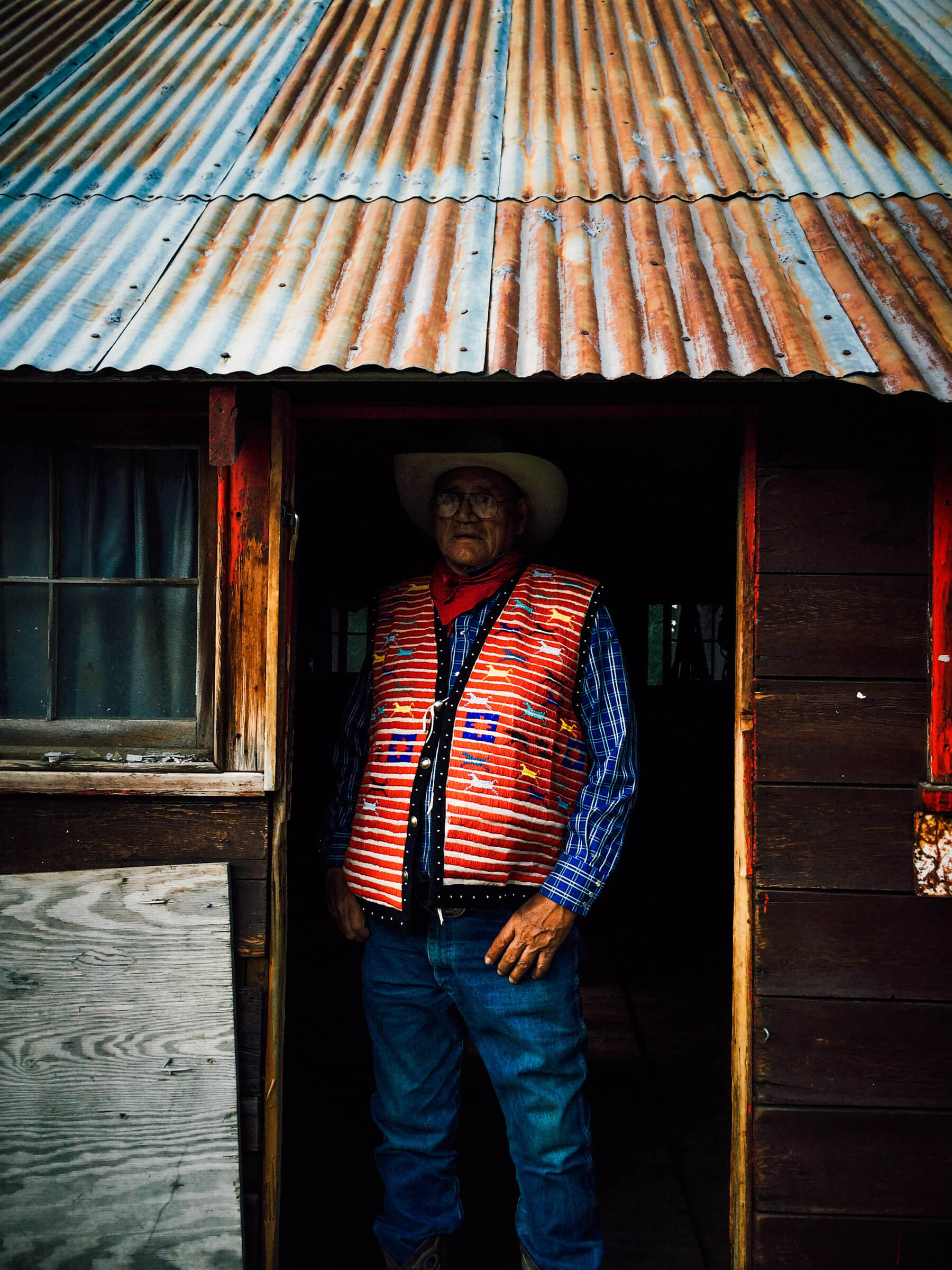
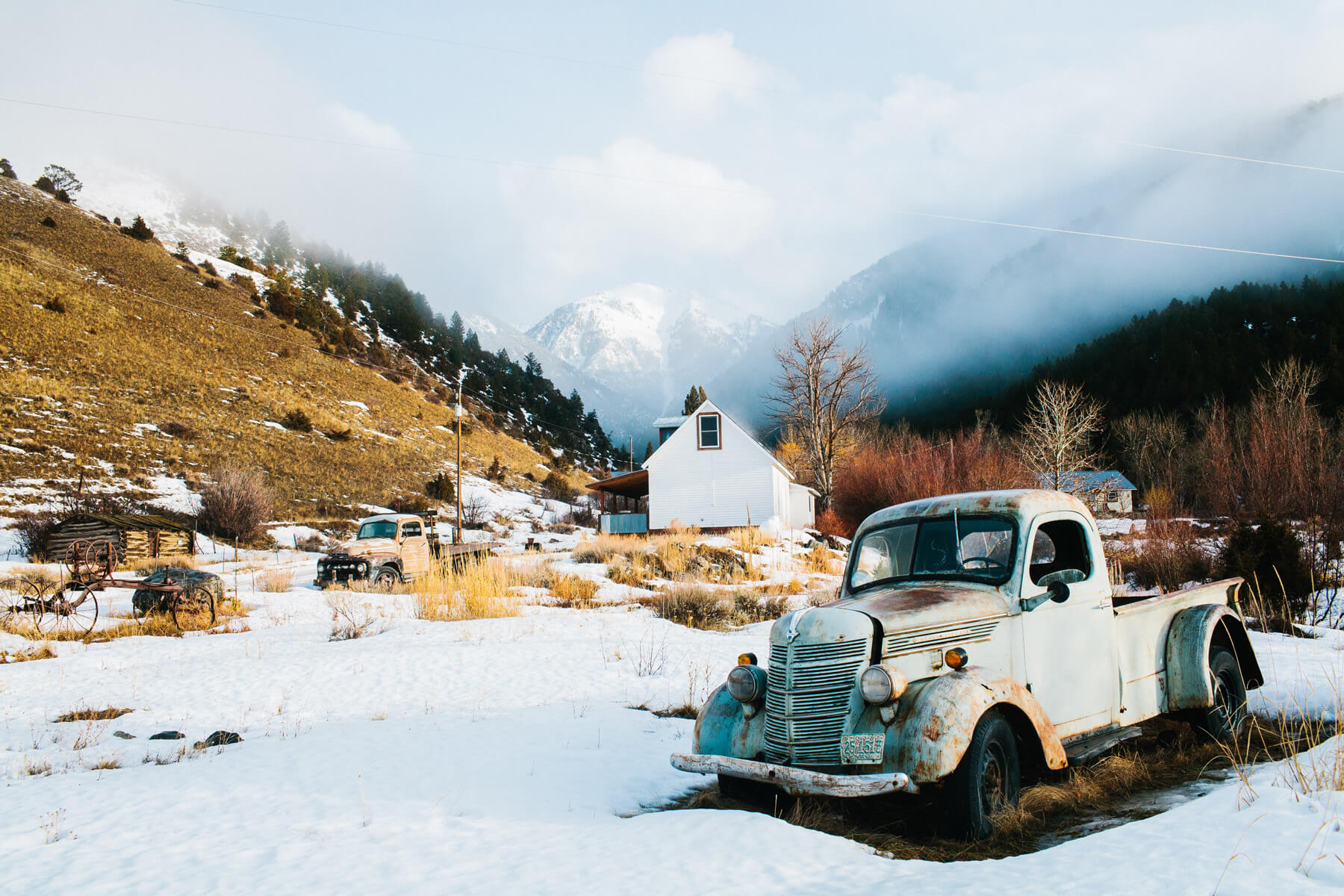

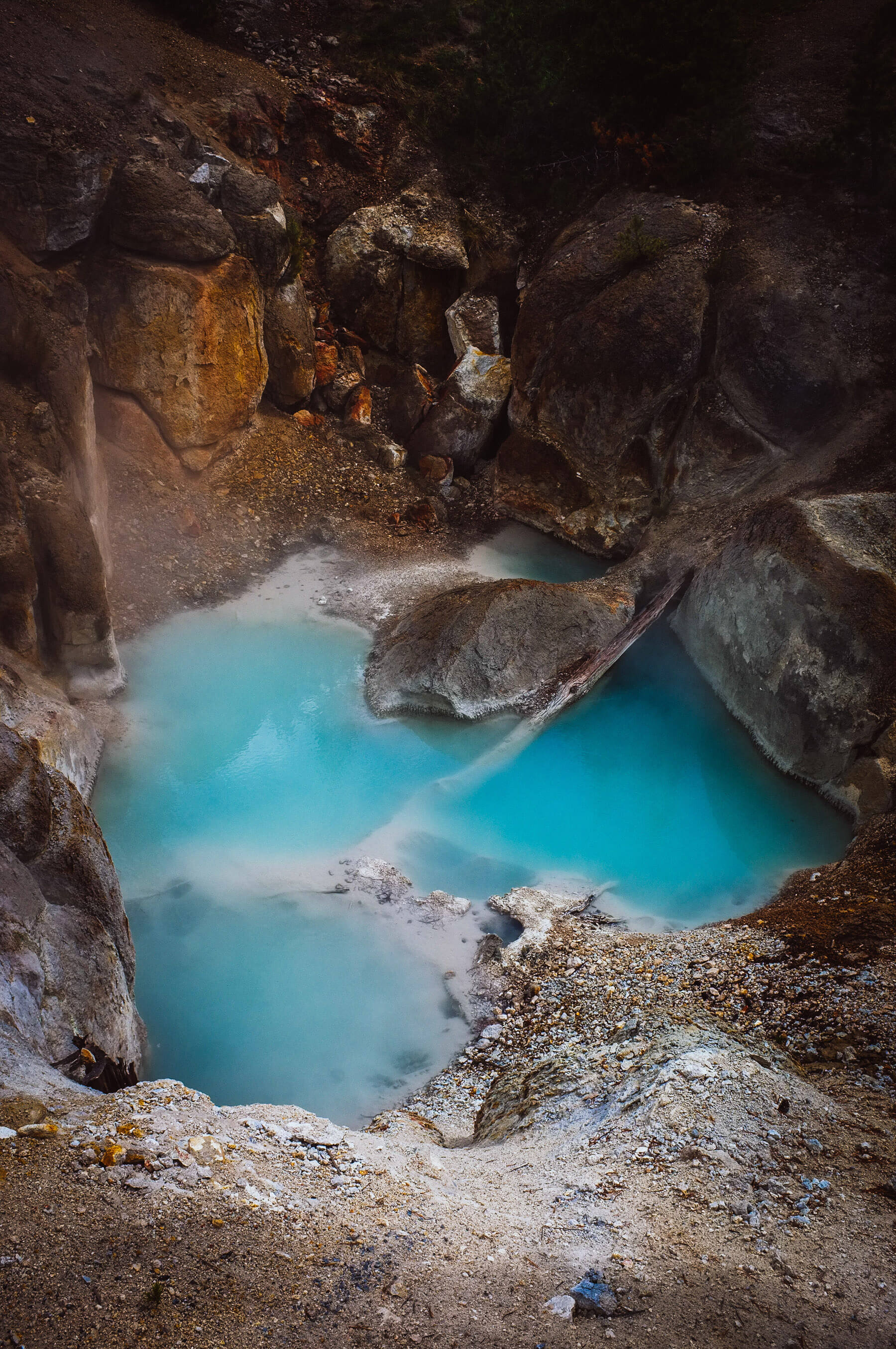
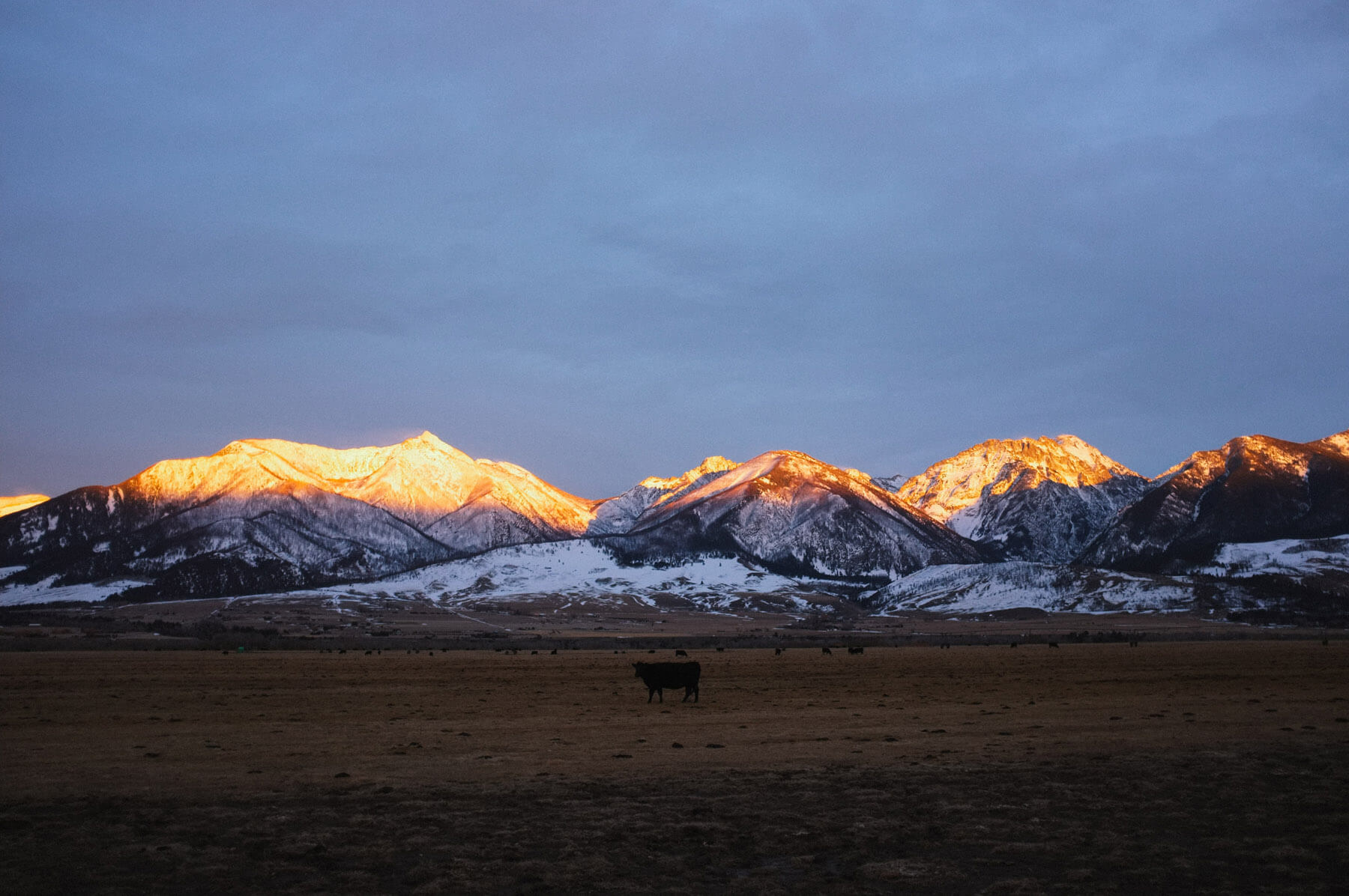

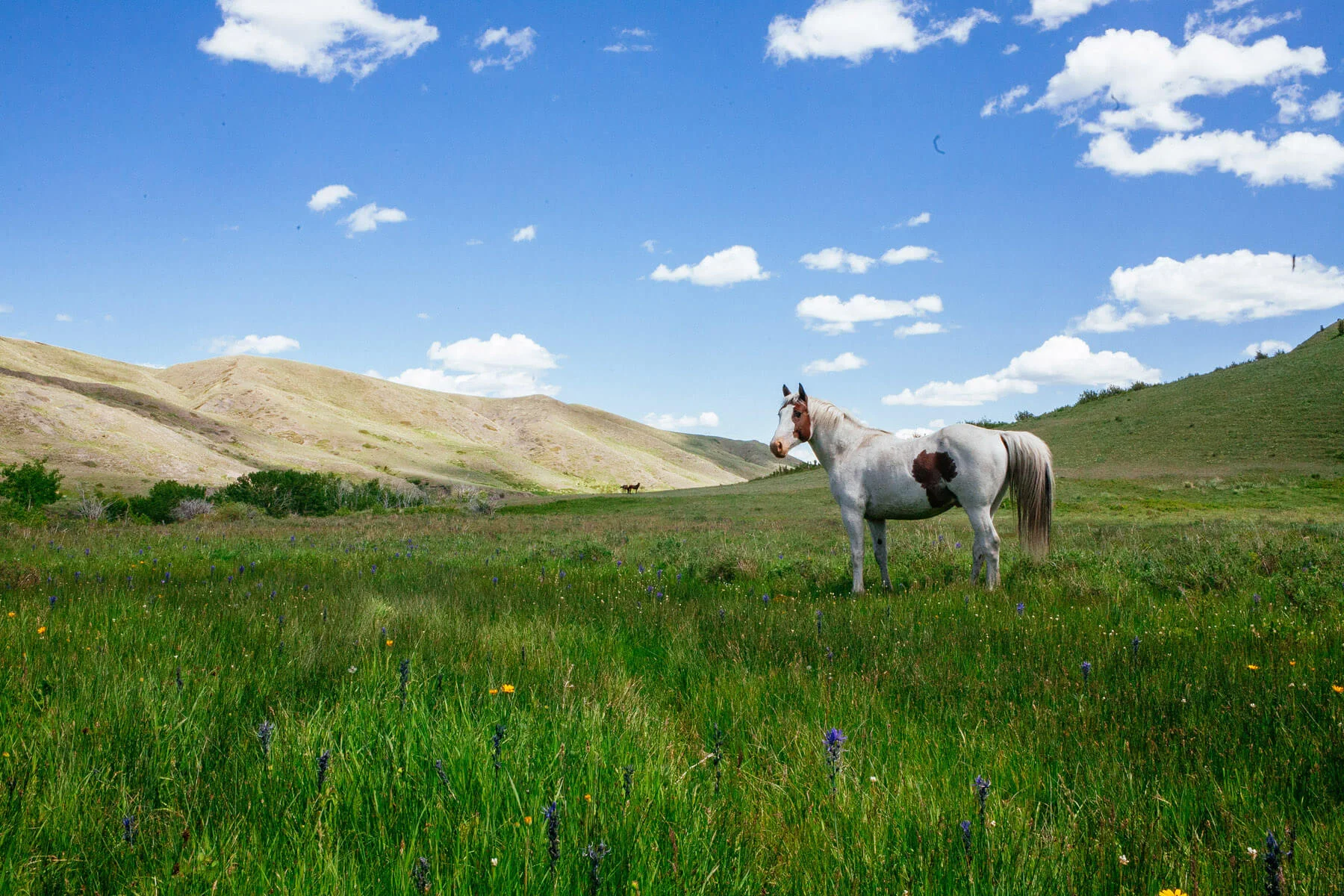
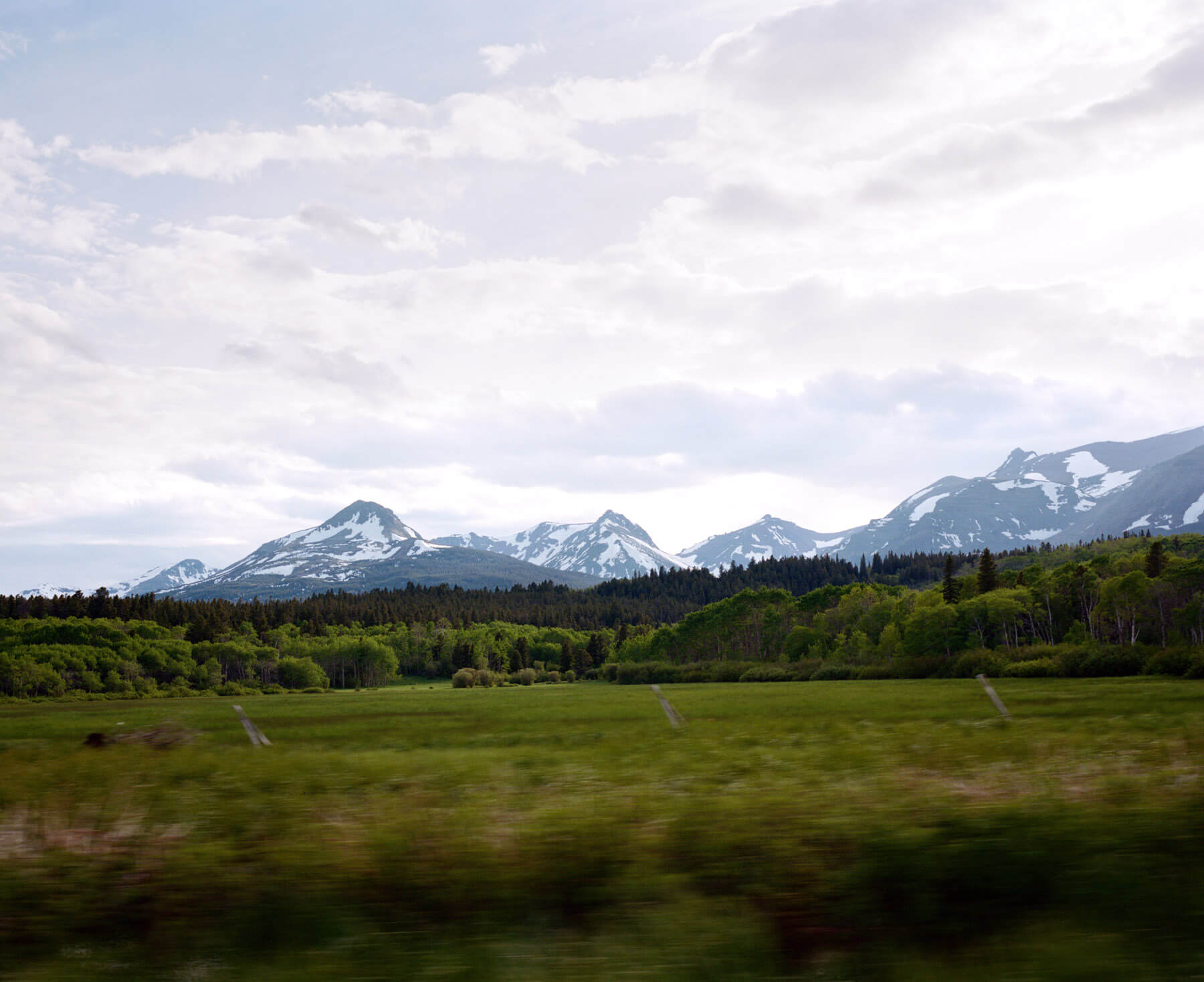

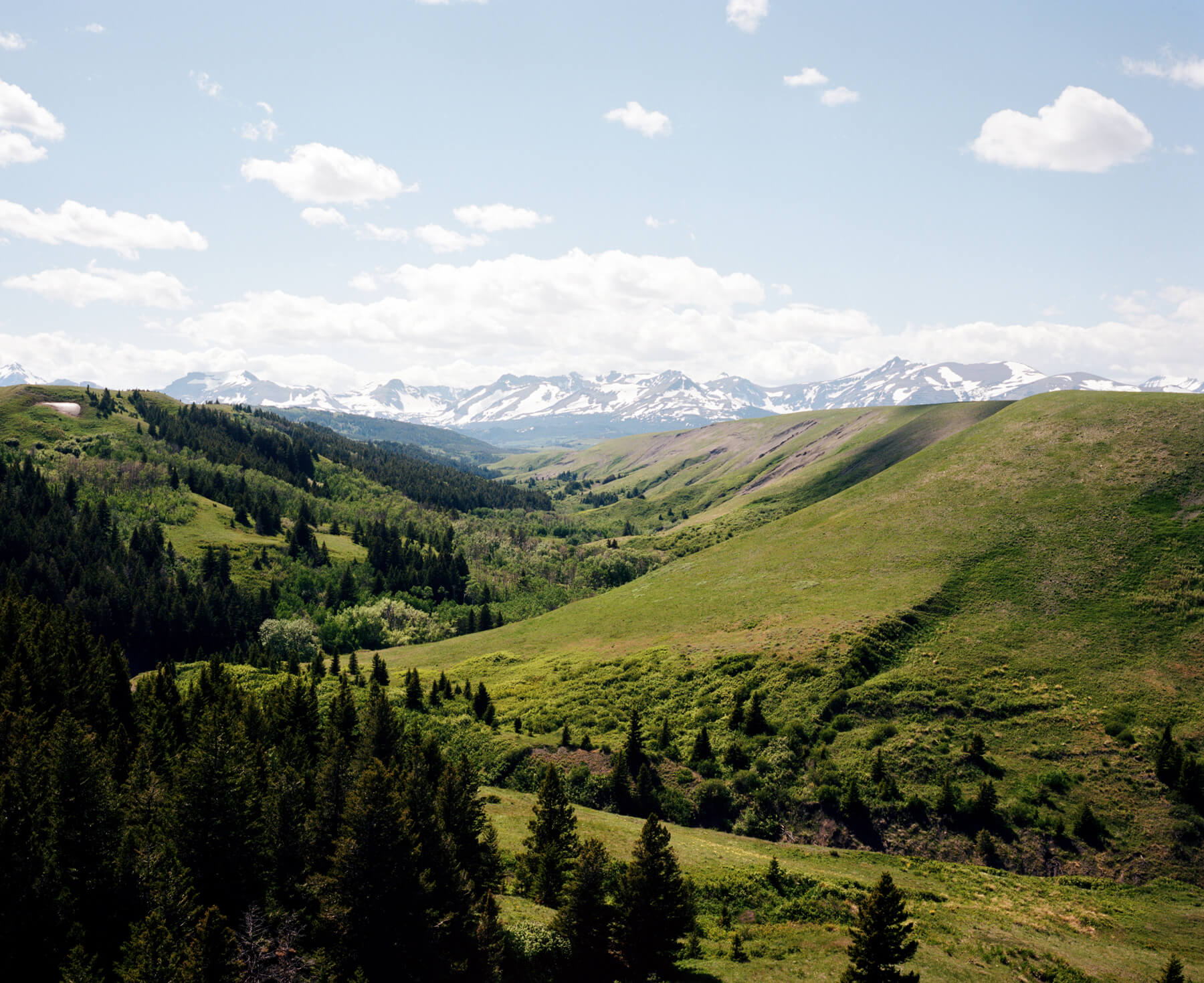
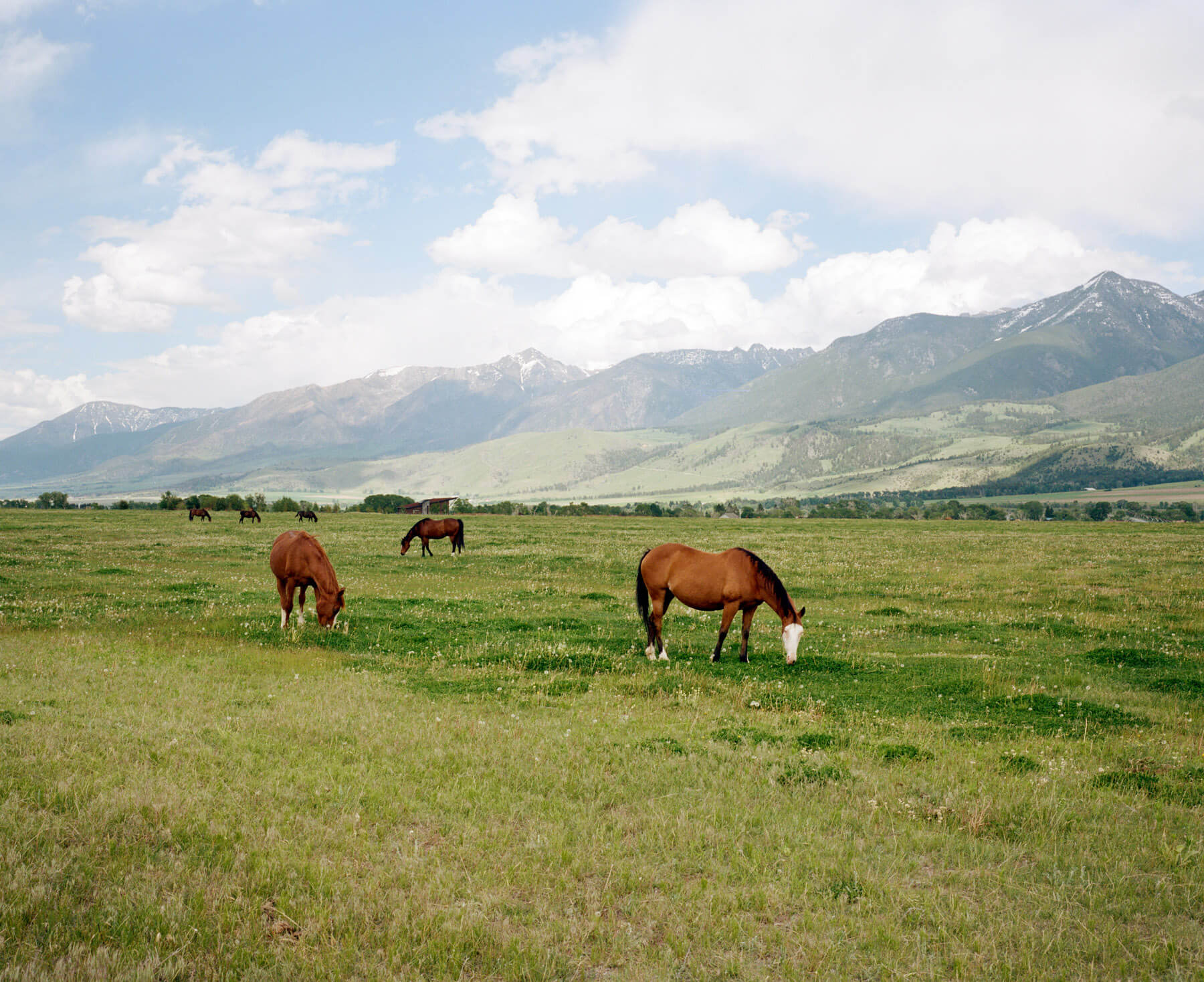
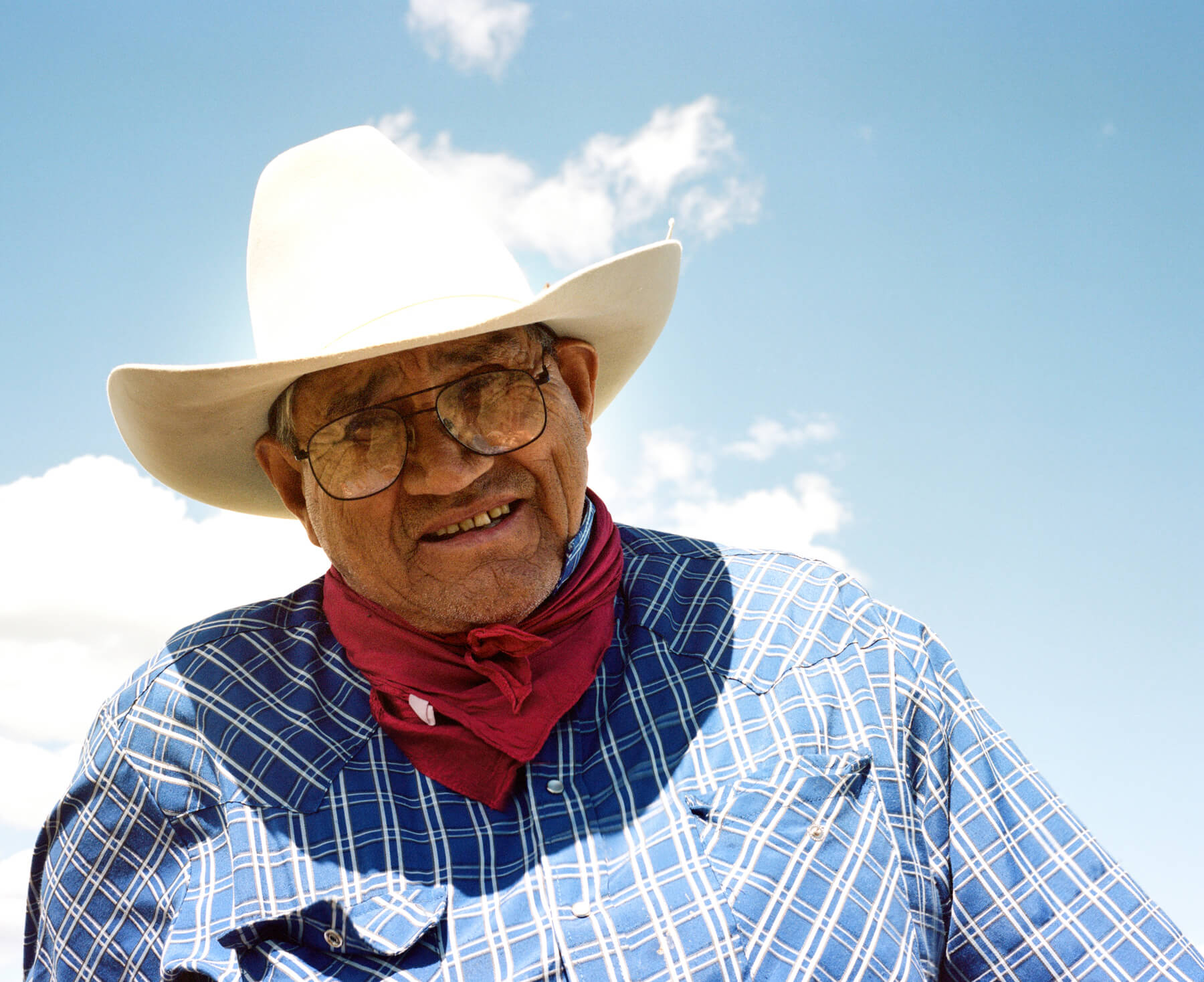
Your Custom Text Here
For The Collective Quarterly
“I’m an Indian cowboy,” Seth Fenner says, explaining his heritage. “Your past is what makes you who you are. Your future is just where you’re going. Who I am started before I was even born.” On horseback next to Fenner sits his grandfather Truman “Many Horses” Hall. In January, he was inducted into the Montana Pro Rodeo Hall of Fame for his legendary line of spirited bucking broncos: steeds with names like Eruption, Cowboy Cadillac, and Rodeo Moose.
He will be 75 soon, and he speaks in a low, almost inaudible whisper. He’s a man of many nicknames; his mother first called him Mouse, “not because I was small but because I’d eat the center hole out of bread.” Later, when he showed a knack for horsemanship, his relatives gave him the Indian name, which belonged to his great-grandfather. Some day, he’ll pass it on to another.
Fenner and Many Horses’ shared identity began when cowboys brought cattle from Texas to Montana in the 1800s. As they passed by the reservation, the Blackfeet and Cowboys found commonality and began trading and marrying. The Halls married into the family of a Blackfoot chief whose equestrian holdings outnumbered the rest of the members of his tribe combined. Together, the two families became cowboy Indians, which partially helped keep the Blackfeet line alive.
“The Blackfeet were down to about 300 people left in the 1870s,” Many Horses says, explaining that once they were separated from buffalo and confined to the reservation, they began to starve. “Now we’re up to 18,000. I guess we’re good breeders.”
When the Blackfeet talk about horses, it’s as if the very idea of the animal doesn’t make sense. They call it “ponokamita,” a fusion of their words for elk (ponoka) and dog (imita). It’s an attempt to describe an animal that to them defies description: strong as an elk, tame as a dog.
Excerpt from story by Seth J. Putnam
For The Collective Quarterly
“I’m an Indian cowboy,” Seth Fenner says, explaining his heritage. “Your past is what makes you who you are. Your future is just where you’re going. Who I am started before I was even born.” On horseback next to Fenner sits his grandfather Truman “Many Horses” Hall. In January, he was inducted into the Montana Pro Rodeo Hall of Fame for his legendary line of spirited bucking broncos: steeds with names like Eruption, Cowboy Cadillac, and Rodeo Moose.
He will be 75 soon, and he speaks in a low, almost inaudible whisper. He’s a man of many nicknames; his mother first called him Mouse, “not because I was small but because I’d eat the center hole out of bread.” Later, when he showed a knack for horsemanship, his relatives gave him the Indian name, which belonged to his great-grandfather. Some day, he’ll pass it on to another.
Fenner and Many Horses’ shared identity began when cowboys brought cattle from Texas to Montana in the 1800s. As they passed by the reservation, the Blackfeet and Cowboys found commonality and began trading and marrying. The Halls married into the family of a Blackfoot chief whose equestrian holdings outnumbered the rest of the members of his tribe combined. Together, the two families became cowboy Indians, which partially helped keep the Blackfeet line alive.
“The Blackfeet were down to about 300 people left in the 1870s,” Many Horses says, explaining that once they were separated from buffalo and confined to the reservation, they began to starve. “Now we’re up to 18,000. I guess we’re good breeders.”
When the Blackfeet talk about horses, it’s as if the very idea of the animal doesn’t make sense. They call it “ponokamita,” a fusion of their words for elk (ponoka) and dog (imita). It’s an attempt to describe an animal that to them defies description: strong as an elk, tame as a dog.
Excerpt from story by Seth J. Putnam